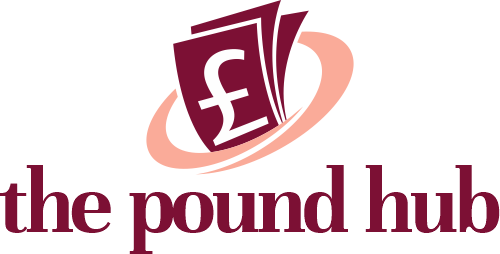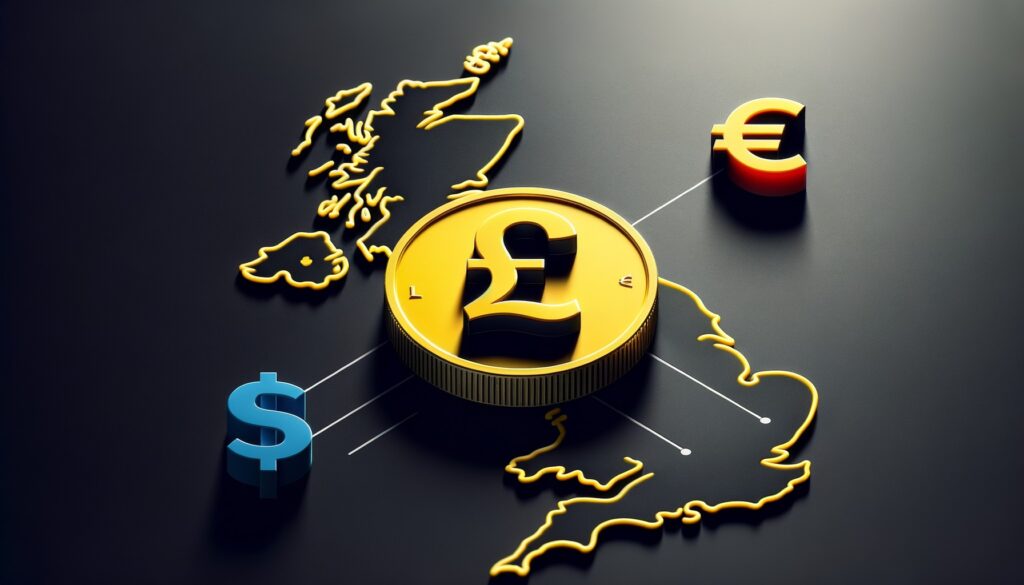What’s going on here?
The pound soared to a 13-month high against the dollar, hitting $1.3129, as upbeat business activity and a solid PMI reading signaled strength in Britain’s economy.
What does this mean?
Britain’s economy is showing surprising resilience. With a composite purchasing managers index (PMI) of 53.4 for August and positive business activity data, the pound hit $1.3129, just shy of its highest since April 2022. The euro dipped slightly to $1.1137, despite the euro zone’s composite PMI rising to 51.2, buoyed by French services activity. Analysts remain cautious about soft euro zone data and slowing wage growth. Meanwhile, the dollar index, which tracks the greenback against major currencies, increased by 0.2% to 101.34 amid speculation on Federal Reserve rate cuts, including a 30% probability of a 50 basis point cut in September.
Why should I care?
For markets: Waters of optimism fuel currency waves.
Investor sentiment is buoyed by Britain’s solid PMI reading, marking positive currency movement. The pound’s rise indicates stronger economic activity, while the dollar’s shifts, driven by Fed rate cut speculations, underscore ongoing market adjustments. Keep an eye on upcoming US jobless claims and key speeches at the Jackson Hole symposium for further market cues.
The bigger picture: Economic threads intertwine.
Globally, mixed signals necessitate careful navigation: Britain’s strong PMI contrasts with softer euro zone data, highlighting regional economic disparities. Euro zone wage growth slowdowns may prompt ECB rate cuts, influencing broader economic policy and market behavior. As central banks like the Fed, BoE, and BoJ communicate future plans, their strategies will shape global economic landscapes and investor strategies.







